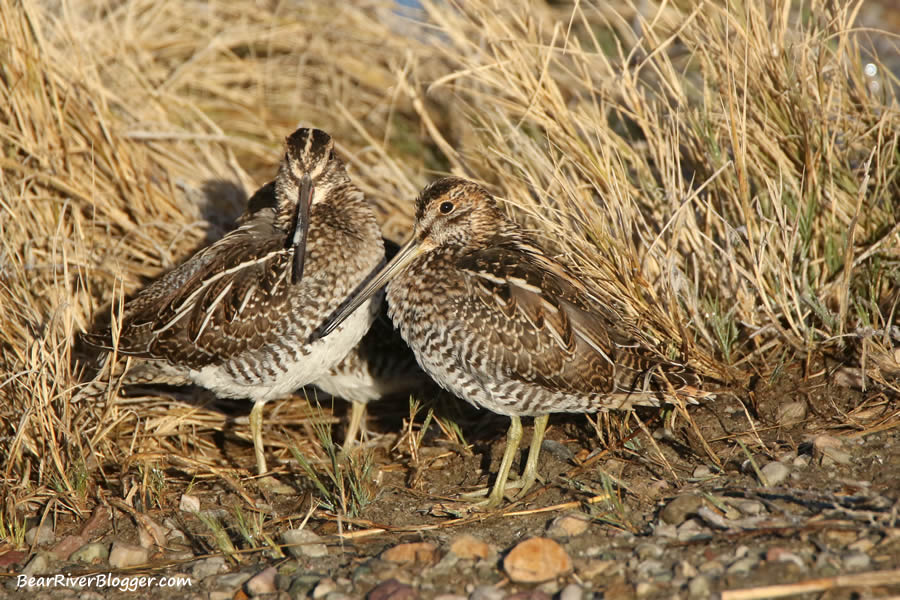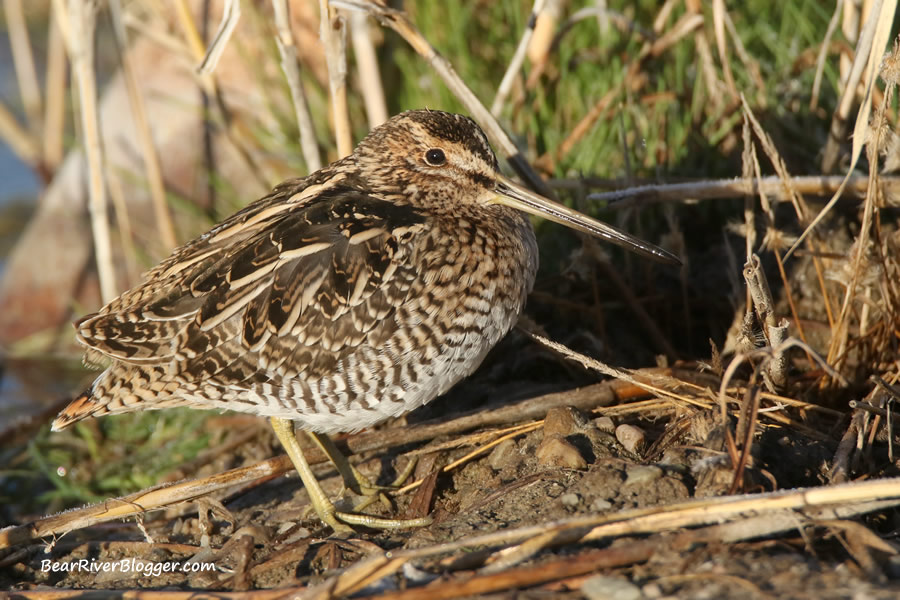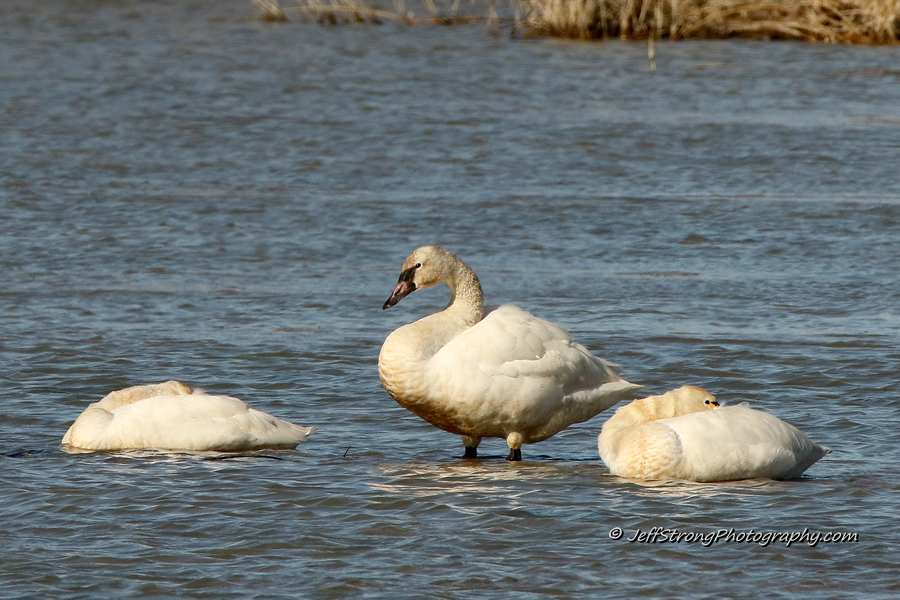There’s an old adage that goes something along the lines of “you never know until you go” and it definitely applies to the past few days of birdwatching on the Bear River Migratory Bird Refuge.
Even though it is waterfowl hunting season here in Utah and the refuge auto tour route has been somewhat spotty for birding the past few weeks as a result, something that happens every year with the increased traffic and commotion on the refuge during hunting season, I am still finding and following any excuse I can to drive the loop and go birdwatching every free moment I get.
And it is those moments as a birdwatcher when expectations are the lowest that we oftentimes find the nicest of surprises like I did, once again, yesterday morning on the Bear River Migratory Bird Refuge auto tour route when I unexpectedly came across a large flock of Wilson’s snipe while photographing a pair of late-season white-faced ibis.
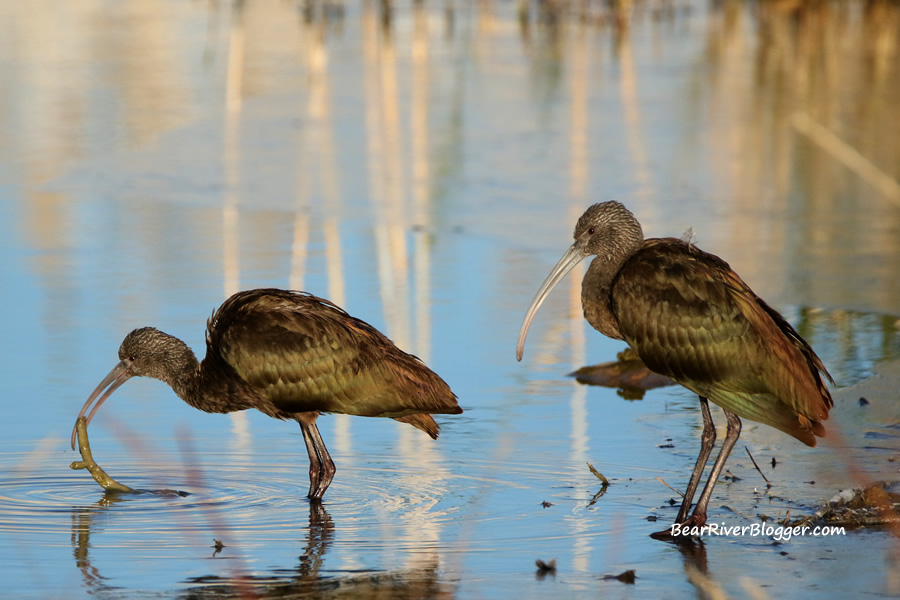
My day was already made with the first surprise by just seeing the pair of white-faced ibis this late in the season since almost all of the ibis migrated out weeks ago.
The white-faced ibis is a summertime bird that migrates to northern Utah for breeding season so finding a pair of them standing in a slightly frozen wetland on the next to last day of October is both quite odd and exciting, to say the least.
It’s not that I haven’t seen white-faced ibis during winter before here in northern Utah, I have as a very small flock of ibis stayed all winter long on Farmington Bay for some unknown reason a couple years back.
That was the first and only time I have ever seen a white-faced ibis feeding in a snow-covered, partially frozen wetland and I am here to tell you, my fellow birders, they really looked out of place in such a cold, harsh environment.

It is those kinds of anomalies that can literally spice up even the slowest day of birdwatching almost immediately when we are blessed to cross paths with them.
The second nice surprise I came across yesterday while birding on the refuge was as I was photographing the white-faced ibis I happened to notice a few Wilson’s snipe in the foreground when I zoomed out my 600mm camera lens to open up the scene for a wider angle image of the ibis standing in the partially frozen water.
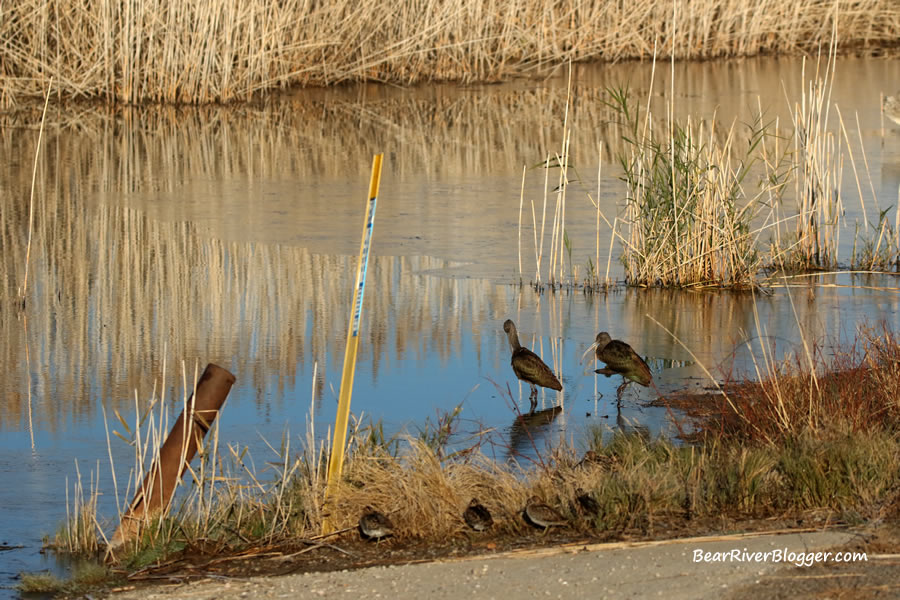
The Wilson’s snipe were hunkered down along the shoreline and in the thick grass with even more across the small pond on the far shore.
All in all, I counted more than two dozen Wilson’s snipes when it was all said and done.
Wilson’s snipe are pretty common here in Utah as they don’t migrate but live year-round in the Great Salt Lake wetlands but I rarely get such a close opportunity to photograph these quirky little birds like I did yesterday.

The interesting thing here is if I hadn’t both seen and stopped to photograph the out-of-season white-faced ibis I would never have found the large flock of Wilson’s snipe sitting so close to the refuge auto tour route road like they were.
It’s a case where one nice surprise led to a second nice surprise, all because I decided to go birdwatching despite my instincts telling me to stay home because I thought I wouldn’t see or photograph anything interesting or unique.
Now I wish I could tell you that every birdwatching excursion I go on is just like that, one adorned with endless surprises and success, but I can’t because, well, we both know as birders that isn’t how it works.
There are days as birdwatchers we find birds in every bush and there are days we find hardly anything of interest but it is those days that are slow that should compel us to get out there and go again because you never know when your day of birdwatching will be filled with a few nice surprises like mine was yesterday morning.
If you are like me, an avid birdwatcher and nature photographer who loves to be outdoors I offer you to head on over to our subscribe page and sign up for email notifications for future blog posts like this one where we share our birding and photography excursions to help enlighten others about nature, both on and off of the famed Bear River Migratory Bird Refuge.
